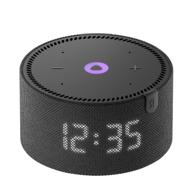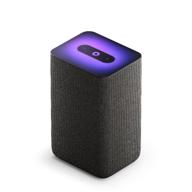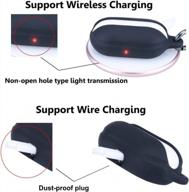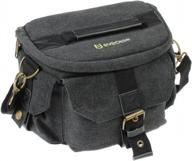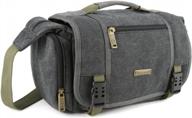The fact that there is no stabilization, poor firmware, no PAL support (you have to re-encode), and photographs - interpolation, in addition to the fact that the camera is ineffective as a DVR, are all things that I may or may not have known before making the purchase. researched it in depth on the internet.
After conducting my own tests, I came to the following conclusions:
1. Recording at a speed of even sixty frames per second is categorically not possible at this time. The fact that the "maker" makes statements, such as "purchase a nice memory card and happiness will smile at you," is a total and utter fabrication on their part. The camera achieves the promised and declared 60 frames per second by naively duplicating the frames from the previous burst. There is no genuine slow-motion effect, to put it another way. Hence, utilize 30, and you won't have any problems. By the way, you are going to set 60, boost the bitrate needlessly, and overload the processor, all of which will result in a slightly degraded picture quality. Also, the 120 frames per second is a "clever marketing maneuver" on the part of the producer.
2. The WiFi is accessible to anyone and has no password; keep this in mind despite the fact that it functions normally.
3. Although the accessories have external dimensions that are comparable to those of accessories for other cameras (GoPro, SJCam), mixing and matching these gadgets is not recommended because it can cause compatibility issues. in addition to this, it is not simple to insert it or remove it (particularly). although if you put a lot of effort into it, you can.
4. It appears that the shooting angle that was reported to be 170 degrees was also exaggerated a little bit. For the purpose of the test, I constructed a rail (a tripod), on which I mounted two cameras in a parallel orientation, one of which was a second GoPro camera. The latter has a far wider range of application. According to appearances, the actual viewing angle of Eken is somewhere in the vicinity of 145 and 155 degrees. This is a rough estimate based on comparing the frames that were received.
5. Just like with 2K, the 4K resolution is an interpolation from the HD size that is typically used. Making movies is a waste of time. The only thing that will cause it to get warm is recalculating a frame in real time from 1920 by 1080 to a greater size. In addition, the interpolation is flawed since it duplicates pixels that are adjacent to each other, which is the root cause of the comb artifact.






